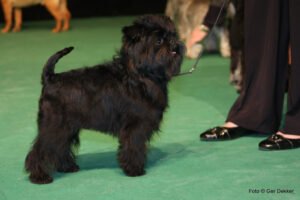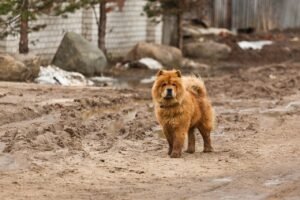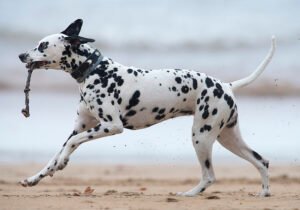An Afghan Hound makes a great pet, but new owners need to be aware of what they are getting before they bring one home. The breed is a little more complex than dogs such as Labradors or Goldendoodles. They have sighthound origins that made them useful for hunting and herding. So, as a pet, they need owners who allow them ample exercise (and a good brushing!).
Origins of the Afghan Hound
The Afghan Hound breed is very closely related to the thin furred Saluki from the Middle East, and perhaps the similar looking Tazi breed from Russia. The breed was very closely guarded over many centuries and there was local prohibition to taking any Afghan hound out of the area.
The dog’s alert nature and protectiveness made them an ideal dog for guarding livestock. It was recognised by mountain herders that the dog was courageous when faced with predators such as snow leopards and wolves.
Eventually, though, dogs were brought to England in the 1800’s as sighthounds by army personnel. They looked quite remarkable due to their height and aristocratic bearing. And because they were sighthounds, they were good at hunting game that could be seen, rather than smelt.
Popular Breed
The Afghan Hound also quickly become a popular breed for display in shows. They were praised for their long, silky hair and agile frame. They have a slender neck that supports a slim head, not unlike a greyhound. That’s why they were originally called “Persian Greyhounds” when first seen in England.
The coat of an Afghan Hound tends to be very thick. It has come about because of ancestors that needed those heavy coats as protection against the cold and wind of Afghanistan and Turkmenistan. The coats be any color, although sand, red and black are more common. At shows, only a white colored coat is not acceptable, and even white marking will count off in the show ring.
The Afghan coat needs a lot of brushing. The hair is long and can get matted easily. The big topknot and the shorter-haired saddle are not so easy to deal with. As an owner, you’ll need a good brush and ongoing patience to keep your Afghan’s coat in good order.

Personality of the Afghan Hound
Afghan Hounds are true “people dogs.” They love to be with their owners and will get mopey and upset if left alone for long periods of time. Not only that, but some of these dogs also tend to act sad if their favorite people are not around.
Afghan’s used to have a reputation for being somewhat sneaky or unreliable. Selective breeding has gradually removed this trait. But keep in mind that the breed will best thrive in a sound and stable atmosphere.
The Afghan Hound typically weighs in at somewhere around 50 to 60 pounds. They also tend to live slightly longer than most larger dogs at an average of 12 to 14 years.
Note that these dogs are very sensitive to pain. They struggle to recover from even minor injuries. So they may require more care than other dogs when it comes to injuries that limit activity.
The Afghan Hound loves the outdoors, and like other sighthounds, requires bursts of intense activity. Owners have found that they’re gentle enough to adapt to living indoors, provided they get ample exercise.
Afghan’s are easily trained for hunting and herding, but the need for them as working dogs has dwindled greatly over time. Now it’s more likely for people to have these dogs because of their natural and elegant show-room looks. They require more maintenance than other dogs, but owners who know what they’re getting into will end up with a great pet.






